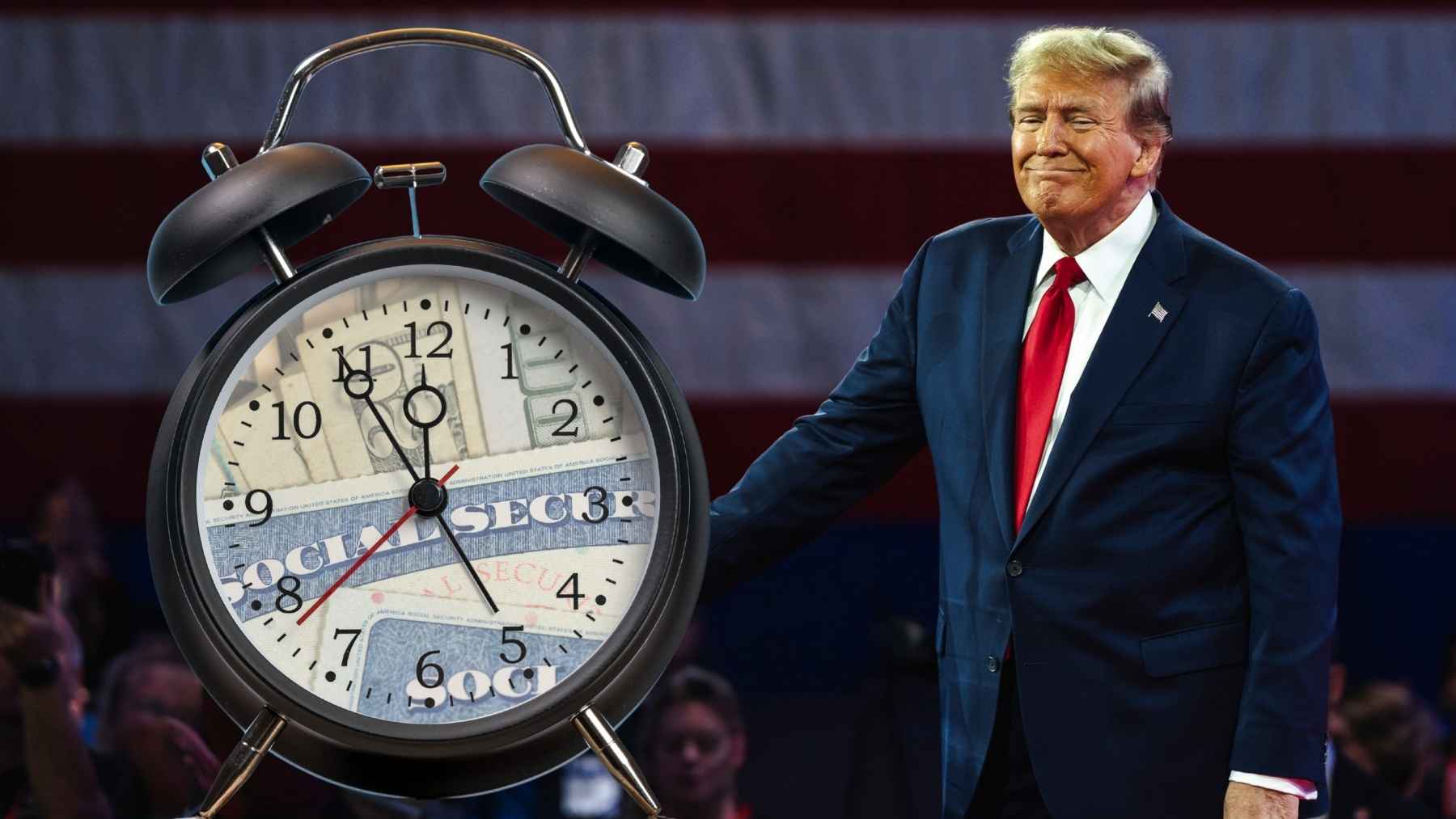For the most part, Social Security beneficiaries receive their monthly benefit payments from the Social Security Administration (SSA) via direct deposit. However, a small cohort of around half a million beneficiaries still receives monthly payments by mailed check. This group may soon have to contact the agency to change their payment method, as a digital mandate from the president’s office is set to take effect on September 30.
The executive order will affect not only SSA disbursements but all payments to and from the federal government at large. While the aim appears to be a complete phaseout of paper-based payments over time, exceptions will still be made for beneficiaries under certain circumstances. Here is what you need to know.
Social Security plans to phase out paper checks as part of a larger federal initiative
On March 25, an executive order titled “Modernizing Payments To and From America’s Bank Account” was issued by the president, stipulating that all federal payments are to transition from paper-based payments to electronic or digital payments as of September 30.
The order cites increased mail theft and inefficiency as driving forces behind the decision. It states that the “continuous use of paper-based payments” to and from the federal government “imposes unnecessary costs; delays; and risks of fraud, lost payments, theft, and inefficiencies.” It further notes that “historically, Department of the Treasury checks are 16 times more likely to be reported lost or stolen, returned undeliverable, or altered than an electronic funds transfer (EFT).”
In a May press release, the Treasury stated, “Paper checks are increasingly the front door for fraud. Treasury is committed to raising awareness of the growing fraud risks associated with paper checks and providing Americans with the knowledge and tools to fight financial fraud and make informed financial decisions.”
Subsequently, a July 14 blog update from the SSA confirmed that the agency will also phase out paper checks starting on September 30 and will work toward transitioning as many beneficiaries as possible to digital payment methods. The agency shared that the two payment options available are Direct Deposit or the Direct Express Card, and notices explaining this upcoming change will be sent proactively to beneficiaries who currently receive paper checks.
Exceptions will be made in certain cases
While the reasoning for this shift to digital payment methods is practical, making the change may not be equally practical for some vulnerable beneficiaries—such as those who are unbanked or who live in rural areas without internet access. As such, the SSA has confirmed that exceptions will be made in such rare circumstances, meaning that paper checks will still be issued once the executive order takes effect in October.
“In March 2025, President Trump issued Executive Order 14247, which mandates the transition to electronic payments for all federal disbursements by September 30, 2025. Where a beneficiary has no other means to receive payment, we will continue to issue paper checks,” a spokesperson for the SSA told Newsweek.
A beneficiary who is unable to switch to electronic payment methods will be required to file a waiver, according to the U.S. Department of the Treasury. A waiver will be granted only if the beneficiary falls under at least one of the following criteria (as per GoDirect, a Treasury Department–run program):
- The check recipient is an individual for whom electronic payments would impose a hardship due to a mental impairment.
- The check recipient lives in a remote geographic location lacking the infrastructure to support electronic financial transactions.
- The check recipient is age 90 or older.

